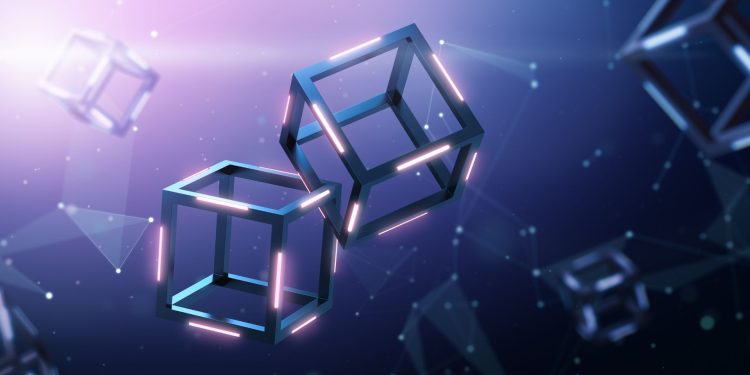Introduction
In the ever-evolving landscape of blockchain technology, Layer 2 solutions have emerged as a pivotal innovation, offering a promising path to scalability and efficiency challenges faced by traditional blockchains. But what exactly is a Layer 2 blockchain, and how does it revolutionize the way we interact with digital ledgers? Let’s dive in.
What is Layer 2 Blockchain?
Layer 2 blockchain refers to a secondary framework or protocol built atop an existing blockchain system, commonly referred to as Layer 1. The primary purpose of Layer 2 solutions is to address the scalability and speed limitations inherent in many Layer 1 blockchains, such as Bitcoin and Ethereum. By processing transactions off the main chain (Layer 1) and only recording essential information on it, Layer 2 technologies significantly enhance transaction throughput and reduce latency, all while maintaining the decentralized and secure nature of the blockchain.
Types of Layer 2 Solutions:
- State Channels: These involve two parties engaging in a transaction, locking up a portion of the blockchain’s state, which allows them to transact freely and rapidly off-chain. The final state of these transactions is then recorded on the Layer 1 blockchain.
- Nested Blockchains: This approach involves smaller blockchains running atop the main blockchain, facilitating quicker and more numerous transactions. These auxiliary blockchains aggregate transactions before anchoring them back to the main chain.
- Rollups: Rollups process and store transaction data off-chain but post transaction data on the main chain. They come in two types – Zero-Knowledge Rollups (ZK-Rollups) and Optimistic Rollups, each with its own way of handling transactions and ensuring security.
Benefits of Layer 2 Blockchains:
- Increased Transaction Speed and Efficiency: By offloading transactions from the main chain, Layer 2 solutions dramatically increase transaction speeds.
- Reduced Costs: Processing transactions off-chain significantly lowers transaction fees, making blockchain technology more accessible.
- Enhanced Scalability: Layer 2 solutions enable blockchains to scale effectively, accommodating a growing number of users and transactions.
- Maintaining Security and Decentralization: Despite the off-chain approach, Layer 2 solutions maintain the security and decentralization aspects of the underlying blockchain.
Real-World Applications
Layer 2 solutions are not just theoretical constructs; they have practical applications across various sectors:
- Financial Services: For faster, more cost-effective transactions.
- Gaming and NFTs: Enabling scalable and efficient microtransactions.
- Supply Chain Management: For quick and reliable tracking of products.
- Decentralized Applications (DApps): Enhancing user experience by improving transaction speeds and lowering costs.
Conclusion
Layer 2 blockchains represent a significant leap forward in the quest for scalable, efficient, and user-friendly blockchain systems. By addressing the core challenges of Layer 1 blockchains without compromising on security or decentralization, Layer 2 solutions pave the way for wider adoption and more innovative applications of blockchain technology. As the blockchain landscape continues to evolve, Layer 2 solutions will undoubtedly play a central role in shaping its future.






